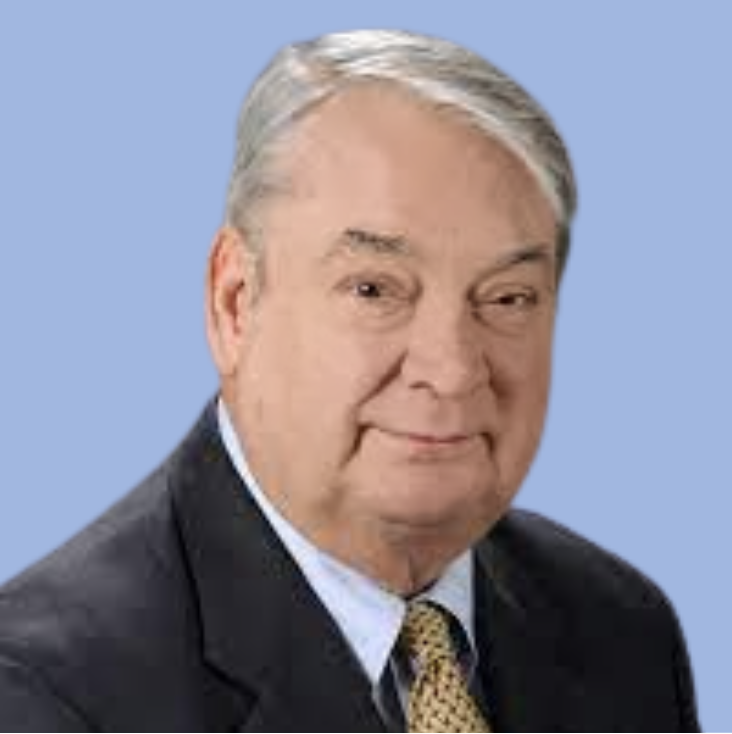|
Ferid Murad, BS, MD, PhD
|
Ferid Murad, (born Sept. 14, 1936, Whiting, Ind., U.S.), American pharmacologist, who, along with Robert F. Furchgott and Louis J. Ignarro ,was co-awarded the 1998 Nobel Prize in Physiology or Medicine for the discovery that nitric oxide (NO) acts as a signaling molecule in the cardiovascular system. Their combined work uncovered an entirely new mechanism for how blood vessels in the body relax and widen.
Murad received his M.D. and Ph.D. from Western Reserve University (later Case Western Reserve University) in Cleveland, Ohio, in 1965. In addition to his clinical practice, Murad taught pharmacology at the University of Virginia School of Medicine, Charlottesville (1975–81), at Stanford University (1981–89), and then at Northwestern University (1988). While at Stanford he ventured into the private sector as a vice president of Abbott Laboratories (1988–92) and then became president of the Molecular Geriatrics Corporation (1993–95). He began teaching at the medical school of the University of Texas, Houston, in 1997.
In 1977 Murad showed that nitroglycerin and several related heart drugs induce the formation of nitric oxide and that the colourless, odorless gas acts to increase the diameter of blood vessels in the body. Furchgott and Ignarro built on this work. About 1980 Furchgott demonstrated that cells in the endothelium, or inner lining, of blood vessels produce an unknown signaling molecule, which he named endothelium-derived relaxing factor (EDRF). This molecule signals smooth muscle cells in blood vessel walls to relax, dilating the vessels. Ignarro’s research, conducted in 1986 and done independently of Furchgott’s work, identified EDRF as nitric oxide. These discoveries led to the development of the anti-impotence drug sildenafil citrate (Viagra) and had the potential to unlock new approaches for understanding and treating other diseases.
Murad received his M.D. and Ph.D. from Western Reserve University (later Case Western Reserve University) in Cleveland, Ohio, in 1965. In addition to his clinical practice, Murad taught pharmacology at the University of Virginia School of Medicine, Charlottesville (1975–81), at Stanford University (1981–89), and then at Northwestern University (1988). While at Stanford he ventured into the private sector as a vice president of Abbott Laboratories (1988–92) and then became president of the Molecular Geriatrics Corporation (1993–95). He began teaching at the medical school of the University of Texas, Houston, in 1997.
In 1977 Murad showed that nitroglycerin and several related heart drugs induce the formation of nitric oxide and that the colourless, odorless gas acts to increase the diameter of blood vessels in the body. Furchgott and Ignarro built on this work. About 1980 Furchgott demonstrated that cells in the endothelium, or inner lining, of blood vessels produce an unknown signaling molecule, which he named endothelium-derived relaxing factor (EDRF). This molecule signals smooth muscle cells in blood vessel walls to relax, dilating the vessels. Ignarro’s research, conducted in 1986 and done independently of Furchgott’s work, identified EDRF as nitric oxide. These discoveries led to the development of the anti-impotence drug sildenafil citrate (Viagra) and had the potential to unlock new approaches for understanding and treating other diseases.




